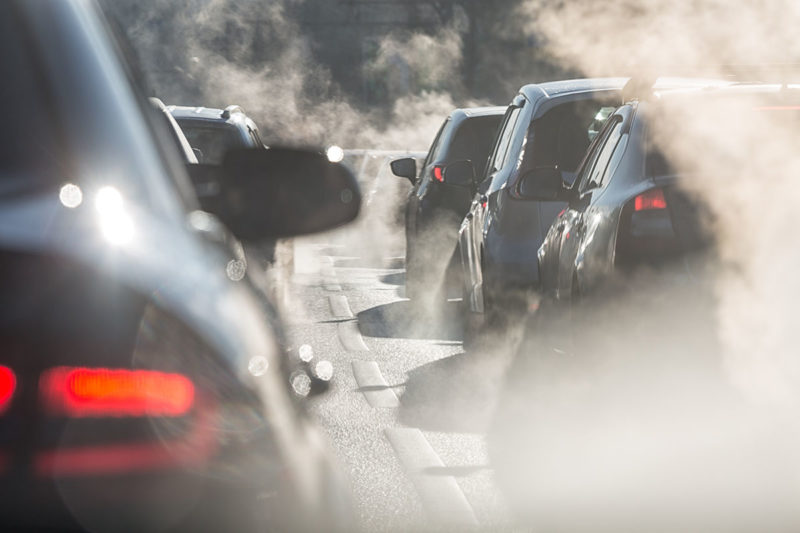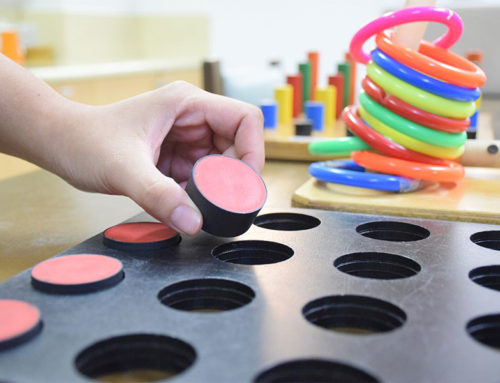We need air to live, but as time progresses, air becomes more and more polluted with chemicals and particles emitted by various pollutants. Because of this, the act of breathing has become something that saves us, and also something that leads us closer to our death.
Why so? How does our surroundings exactly affect how our respiratory system work? First, let us find out how our respiratory system functions.
How it happens in the lungs
The air we breathe first enters the nose or mouth and goes through the sinuses, or the hollow spaces in the skull. The sinuses regulates the humidity and temperature of the air we breathe in. After that, the air is then filtered by the trachea and is carried to the lungs by the bronchi.
The lungs are filled with alveoli, which are small sacs, where the exchange of oxygen and carbon dioxide occur. The carbon dioxide then is expelled as we exhale, and the oxygenated blood travels through the heart, and then pumped throughout the body.
The bottom part of the respiratory system is called the diaphragm, which controls breathing. When we inhale, it pulls forward and makes way for the lungs. When we exhale, it expands, forcing air and carbon dioxide out of the body.
The process of the respiratory system is simple, and it happens everyday and every moment as we breathe, but we take this process for granted. Little did we know, this process can be easily affected by various things:
Indoor Air Pollution
We may not notice it, but our homes and offices can contribute to air pollution. Air fresheners, air conditioners, synthetic carpets, and furniture can emit hazardous gases. These gases can weaken the lungs and increase the risk of infections.
Climate Change
Aside from its influence on the environment, climate change can also cause various health problems such as diminished lung function and asthma. The reason for this is because climate change increases the ground-level ozone, a huge part of smog and particulate matter.
Cigarette Smoke
Twenty-eight percent or 17.3 million Filipino adults age 15 years and older are tobacco smokers–a large number, considering the bad effects of smoking to the body. Cigarettes contain numerous harmful substances such as nicotine, tar, carbon monoxide, hydrogen cyanide, and radioactive compounds.
These chemicals affect different parts of the respiratory system. They irritate the trachea and the voice box, which increases the risk of lung infection. The substances can also narrow the airways of the lungs, leading to breathlessness. Moreover, cigarette smoke can also contribute to the buildup of poisonous substances in the airways.
Outdoor Air Pollution
The streets, especially in major cities, are always gridlock with vehicles every single day. For this, it’s highly possible for people to inhale, not just oxygen, but also carbon monoxide. Smoke from factories contribute, too. These chemicals can decrease lung function, contribute to the development of chronic respiratory disease in children, irritate the airways, and increase coughing and breathing difficulties.
What can we do?
The easiest way to prevent these pollutants from affecting the respiratory system is to cover the nose and mouth when exposed to large amount of pollutants or wear protective masks. However, a more effective solution to this problem is to strictly enforce laws and ordinances that prohibit smoke belching, public smoking, and factory waste irresponsibility. It will not only improve the health of the people but also the condition of the environment.
Taking care of our respiratory system is important to our overall health. Keep it healthy and in top shape with the help of ManilaMed’s Respiratory Therapy Department. Topnotch doctors and state-of-the-art equipment await patients who need treatment. Visit www.manilamed.com.ph for more information.




